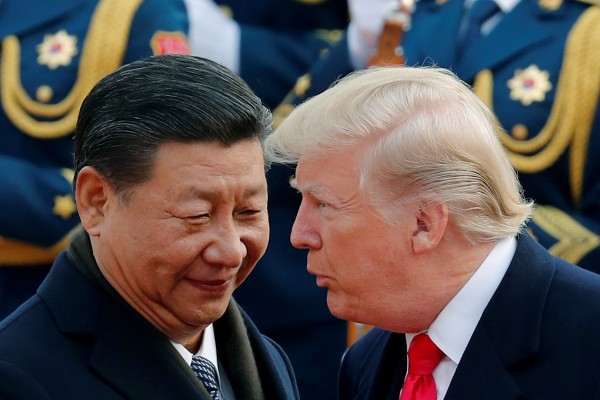That explains 2019’s biggest turnaround in financial markets: the u-turn in expectations for US interest rates.
At the end of 2018, the US Fed funds target rate was 2.25 per cent to 2.50 per cent, with expectations that it would rise further.
Little more than six months later, though, the outlook for US monetary policy could hardly be more different. In July and September, the Federal Open Market Committee (FOMC) has announced two 0.25 percentage point cuts to rates, reducing them to a range of 1.75 per cent to 2.0 per cent.
The median forecast from the FOMC is that rate cuts will remain at that level until the end of 2020, although there was disagreement among its members over changing economic conditions.
Illustrating the possibility of further monetary easing, in advance of the September rate cut, investors had expected two more cuts by the end of 2020, around the time of the US presidential election in November 2020.
At the same time, US 10-year Treasury bond yields have fallen from 3 per cent a year ago to about 1.7 per cent.
That is a significant cut in the cost of money across the yield curve.
Furthermore, the cost of money is falling across the globe, with the European Central Bank (ECB) even cutting its deposit rate to a record low of minus 0.5 per cent and announcing the resumption of QE from 1 November 2019.
Further QE will keep the cost of borrowing for companies down, especially if the ECB includes corporate credit.
Equity markets initially responded with euphoria to the reversal in rate expectations, although there was some disappointment following the July cut when the Federal Reserve described it as a “mid-cycle adjustment to policy” rather than the beginning of a more aggressive cycle of monetary easing.
Investors were incredibly nervous at the end of 2018, as markets fell about 20 per cent from September 2018 highs to their lows on Christmas Day.
After Christmas, though, markets started to rally, and at the time of writing they are around or even above their previous highs (with variations between US and other major world markets).
The key question is this: will the falling cost of money succeed in supporting economic growth?
If it does so, then future cashflows will remain stable or even grow.
A reduction in the cost of money also decreases the discount rate, which bolsters the current value of those future cash flows. But the lower interest rates fall, the less the effect of further cuts.
As has been said before, cutting rates becomes akin to “pushing on a string”.
I remain concerned that heightened trade tensions will undermine growth and cash flows.












